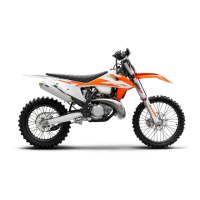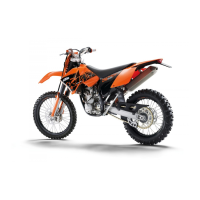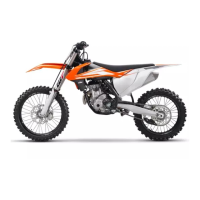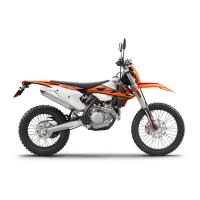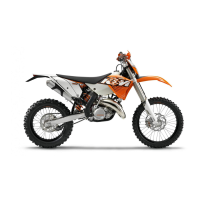Why does my KTM 250 XC TPI Motorcycle engine have too little power?
- KKevin BryanJul 28, 2025
If your KTM Motorcycle engine lacks power, it might be due to several reasons. There could be an error in the electronic fuel injection, which requires reading the fault memory using the Husqvarna Motorcycles diagnostics tool. Another cause might be an interrupted fuel supply, so check the fuel tank breather. Also, inspect the exhaust system for leaks or deformation and consider changing the glass fiber yarn filling of the main silencer. Other potential issues include a defective ignition system (check the ignition coil and spark plug connector), a damaged diaphragm or reed valve housing, or incorrectly stored ambient pressure, which needs to be reprogrammed.
